#Chakisaurus
Text
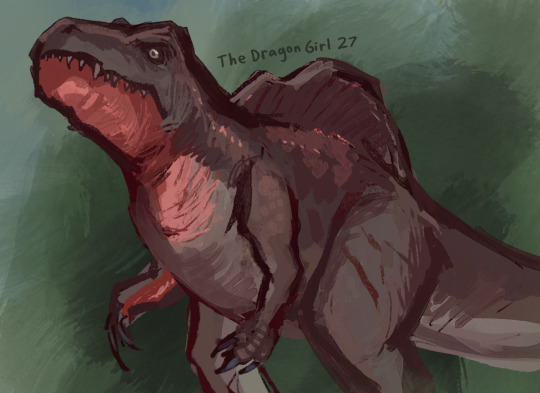
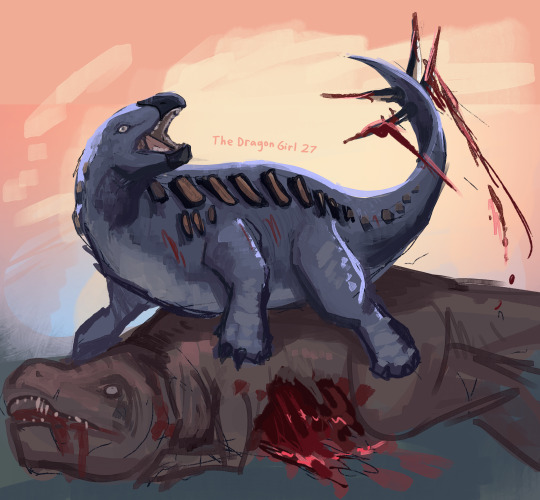
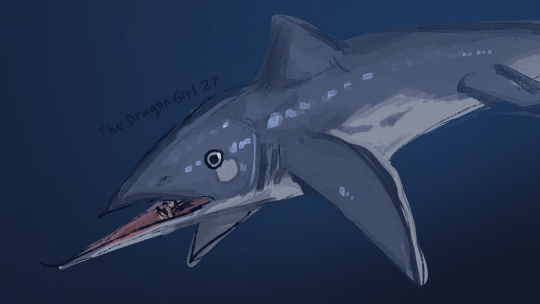

flocking drawings!!
Young Altispinax preparing to do a mating display
Thyreosaurus slaying a Theropod
Ornithoprion just swimming round
Mama Mapusaurus bringin home a Chakisaurus carcass for her daughter
#paleoart#paleostream#Altispinax#Thyreosaurus#Ornithoprion#Mapusaurus#Chakisaurus#theropod#stegosaurus#shark#fish#dragon draws creatures#as for the unamed theropod in the Thyreosaurus drawing wikipedia says that there were theropods in the same formation#but there isn't much info beyond “they sure were there indeed”#or even like the specific species so like I drew the most generic theropod like default skin ass creature#so the scale might be innacurate#jokes on you Thyreosaurus is a newly discovered dino (like 2 weeks ago as of now) so that drawing will be inaccurate no matter what i do#or we can just say its a juvinile#wake up babe new dinosaur dropped#tw blood
84 notes
·
View notes
Text
Chakisaurus nekul Nogueira et al., 2024 (new genus and species)

(Tail vertebrae of Chakisaurus nekul [scale bar = 3 cm], from Nogueira et al., 2024)
Meaning of name: Chakisaurus = elder guanaco [in Tehuelche] lizard [in Greek]; nekul = swift [in Mapudungun]
Age: Late Cretaceous (Cenomanian–Turonian)
Where found: Huincul Formation, Río Negro, Argentina
How much is known: Partial skeletons of several individuals together representing much of the vertebral column and multiple limb bones. An isolated partial ulna (forearm bone) and a neck vertebra are also known.
Notes: Chakisaurus was an ornithopod, a group of plant-eating dinosaurs that includes the duck-billed hadrosaurids. However, it was only distantly related to the hadrosaurids, instead being a member of Elasmaria, a diverse group of small to medium-sized ornithopods from the Southern Hemisphere.
Chakisaurus had unusual features of its tail vertebrae indicating that the base of its tail may have been typically held with a downward curve, instead of horizontally as is the norm for most other dinosaurs. Among dinosaurs, this type of tail configuration had previously only been reported in some types of titanosaurian sauropods. Additionally, the main muscles that pull the hindlimbs backward (which are attached to the tail in most dinosaurs and other reptiles) appear to have been very well developed in Chakisaurus, which may suggest that it was a powerful sprinter.
Fossils of both juvenile and older individuals of Chakisaurus have been found, allowing study of its growth. Based on microscopic examination of its bone structure, the largest known specimen of Chakisaurus had reached sexual maturity when it died, but had not finished growing, a pattern commonly seen in Mesozoic dinosaurs.
Reference: Nogueira, R.A., S. Rozadilla, F.L. Agnolín, J.A.G. Marsà, M.J. Motta, and F.E. Novas. 2024. A new ornithopod from the Upper Cretaceous (Huincul Formation) of northwestern Patagonia, Argentina. Implications on elasmarian postcranial anatomy. Cretaceous Research advance online publication. doi: 10.1016/j.cretres.2024.105874
71 notes
·
View notes
Text

The recently discovered elasmarian Chakisaurus
#art#my art#digital art#paleoart#paleontology#palaeoblr#archosaurs#dinosaurs#ornithischians#elasmarians#chakisaurus#queue
23 notes
·
View notes
Text

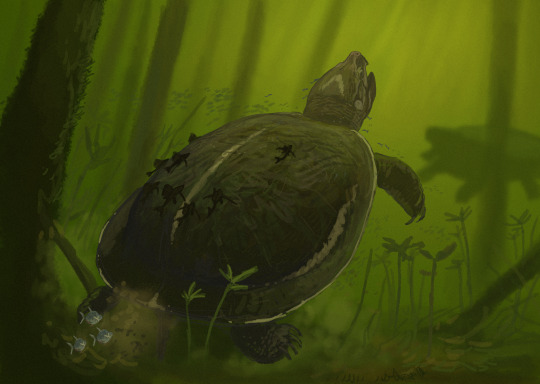


Results from the #paleostream!
Trachelosaurus, Peltocephalus, Chakisaurus and Mixtotherium.
725 notes
·
View notes
Text
Episode 487: A strong-tailed ornithopod and a strong-armed enantiornithine
I Know Dino Podcast Episode 487: A strong-tailed ornithopod and a strong-armed enantiornithine. Also, a nearly complete titanosaur was recently found! Opalized fossils in Australia. And how fossil lagerstätten distort our view of the ancient world.
Episode 487: A strong-tailed ornithopod and a strong-armed enantiornithine. Also, a nearly complete titanosaur was recently found! How long did it take for fossils in Australia to turn into opal? And how much do really exceptional fossil sites skew paleontological research?
News:
There’s a new ornithopod, Chakisaurus nekul, which was much smaller than the titanosaurs that surrounded it in what…
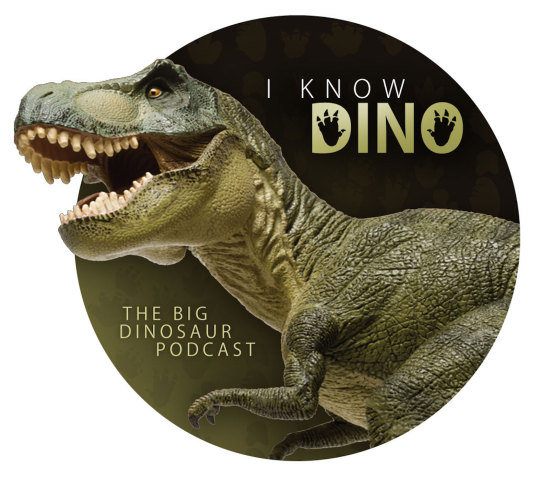
View On WordPress
0 notes